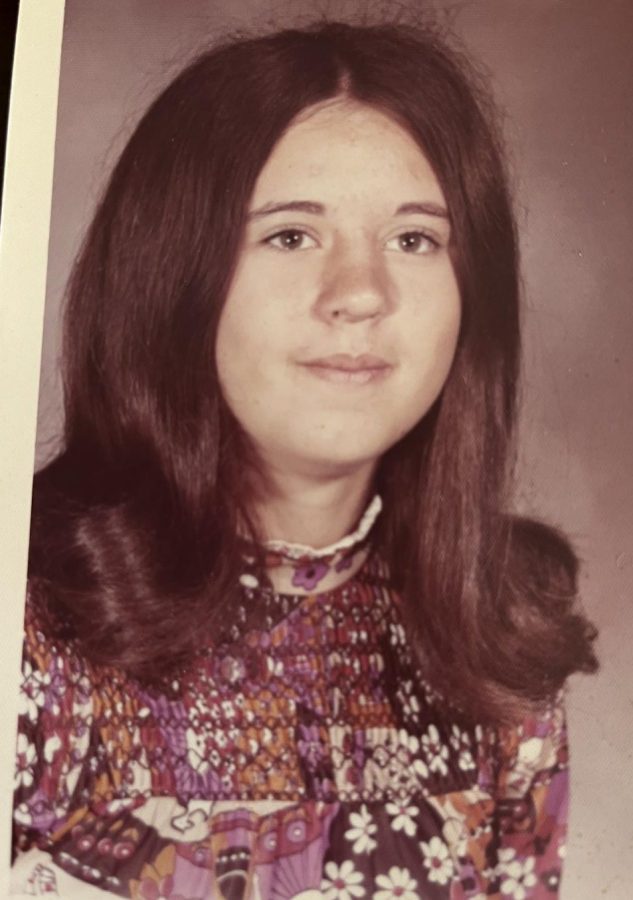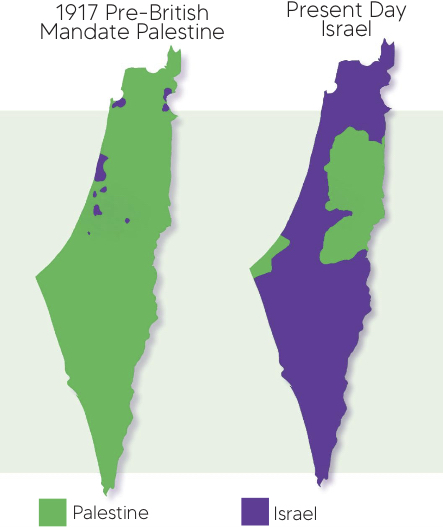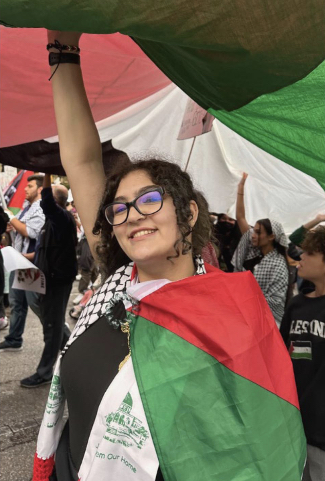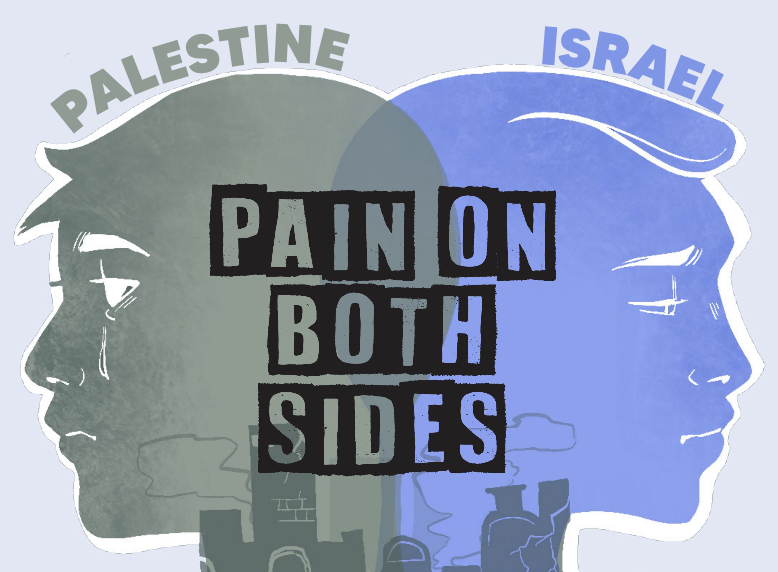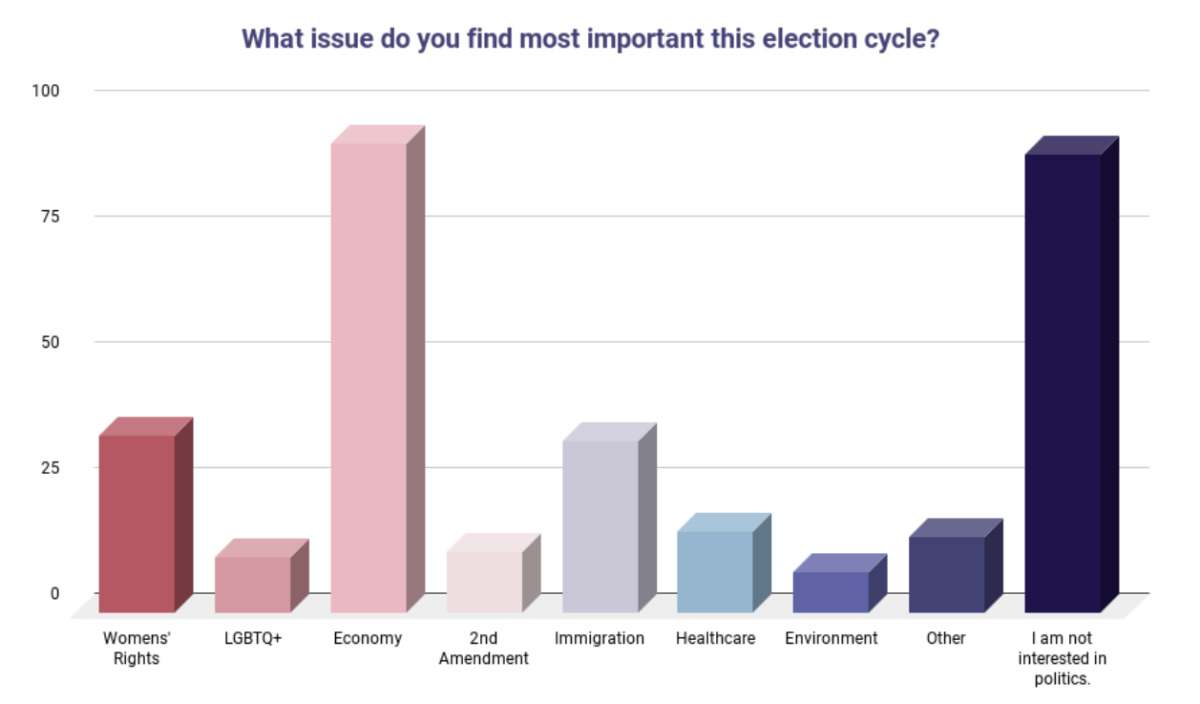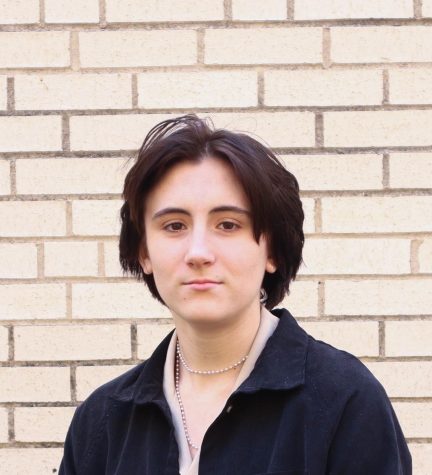Editor’s note: This story won first place for feature in the 2023 ILPC contest. It also won a 2023 Tops in Texas.
Michael O’Hearn, 23 had recently returned to his hometown in New Mexico when he breached the Carlsbad Mid-High School on Nov. 3rd, 1971.
The doors were unlocked, so the former student let himself in. A dangerous stride carried him down the hallway and into a Home Ec classroom. He pulled out a .22 automatic from the burlap sack he carried with him, and the barrel of the handgun connected with the head of the teacher, Mrs. Olive.
He made a simple demand: one student will go to the principal’s office, get the master key, and return. Carlsbad student Jeanette Methola rushed to the principal’s office. Learning there was a gunman in the building, both the principal and assistant principal sprinted in different directions to help.
When O’Hearn’s demands were met, he left the room, moving on to the next step of his plan. Just 15 feet away, he slipped into the entrance to a storage tower standing above the other halls and classrooms. He made his way up, and when he reached the top, pulled out his second weapon-a 30-30 rifle.
He positioned himself so there was a clear shot of the rows of windows of the classrooms below. The gun was loaded, and with a breath, his finger met the trigger.
• • •
Then 14 years old, AP Humanities teacher Debbie Brininstool sat bored in her World Geography class. She was ready to move on to her next subject when a crackle came from the loudspeaker.
She said she heard the voice of her principal: “Everybody needs to stay where they are. When the bell rings do not move to your next period class. We have a gunman in the building.”
The PA clicked off. The world around her held its breath until the shattering of glass. More noise, but it wasn’t glass anymore — it was bullets coming from above. She turned to her teacher for a sliver of guidance on what to do. The other students did the same.
“He just hid under his desk, and we were just left on our own… I remember Mr. Trujillo jumping under his desk, and he was just worthless at that point.” she said.
At that point, Brininstool didn’t know what to do. She felt everything was numb. No fear or panic, no urge to run or fight back, there was just nothing. Years later, she can still remember feeling this lack of emotion.
“I don’t think I felt anything,” Brininstool said. “…Like shock.”
A voice broke her from the trance–one of the boys from her class, a freshman. He took charge, shouting instructions to the fearful students around him. Dropping onto her stomach just as he’d ordered, they army crawled across the floor of the World Geography class and out to the hall. Somehow, they made it downstairs, taking refuge in an empty classroom.
While the students inside were filled with fear, police called outside fired back, one of them getting hit in the leg . He was one of the many who believed the gunman wasn’t going to surrender his attack.
They were safe now, but what could happen next held the attention of every kid.
She recalls the same crackle that had initiated the warning of danger returning, and the voice of the principal filling the quiet rooms. “I want everybody to know, we’re all safe. The gunman is dead. And then I’m going to ring the bell and then you’re going to go on to your next period class.” The voice clicked off.
The kids rose to their feet. The sound of the bell rang out and they made their way out of the classroom, hesitation ineach step.
As Brininstool navigated the halls, she saw him. Wrapped in a body bag and being settled onto a gurney, he lay dead.
The gunman.
She’d seen the police who had been shooting back at O’Hearn outside, as well as the local news stations.
He had formerly served in the Vietnam War, only to be discharged in 1966 due to mental issues, leading to his placement in a mental facility. She later learned he’d shot and killed himself.
Everyone returned to their seats and continued with the lessons planned for the day. At dinner, Brininstool’s family shared stories from the day as usual. Hers was spoken about and comments were passed around before they moved to the next topic of interest.
The campus treated that day just as every other school day before that, and every school day that followed.
• • •
Though it was well over 50 years ago, Brininstool is still reminded of the day a gunman shot up her New Mexico high school when the news flashes of school shootings that have taken place – something that’s happened plenty in recent years.
“I think, by and large, we’re all very safe,” She said “But it just triggers me,”
Even so, she has a plan of action if the day comes when a similar situation occurs and a gunman shoots inside a classroom.
“I’m always thinking about where am I going to put my kids in this room to keep them away from that door, but also to make sure that they’re not sitting ducks in case the gunman chooses not to come into the classroom,” Brininstool said.
Her plan has been refined after years of imagining worst-case scenarios. If the threat isn’t in the hallway, her aim is to lead students out of the school and to the houses of friends who live nearby.
“I will be the last person out of this classroom,” Brininstool said. “I don’t want to be harmed, but I’m not living with myself unless I know I’ve done every single thing I can to make sure these kids are staying safe.
This need to protect her students’ lives partly stems from the actions of her teacher when her class was shot at. The memory of his abandonment has lasted her for over 50 years.
“What my teacher did was cowardly, because we were children who were left on our own,” Brininstool said.
She believes that the shootings that take place today are far more harmful than what she experienced as a teenager, because of the greater capability of destruction that people have access to now.
“The firepower can create just so many more victims, which makes it so much worse,” Brininstool said.
From 2000 to 2021, there have been 783 nationwide school shootings, with 2021 tolling the highest body count of 325 victims that were killed, as well as having the most shootings with 93 to date. The state that has the most amount of shootings at a grim 43 is Texas. California and Illinois follow, with the former totaling 41 and the latter being 37. (Information taken from National Center for Education Statistics and US News)
Brininstool’s past has given her a new insight on the world today and how she continues to survive in it.
“I have a plan. I’m not stressed, but it’s like, I can’t see any point in passively being a victim.”




